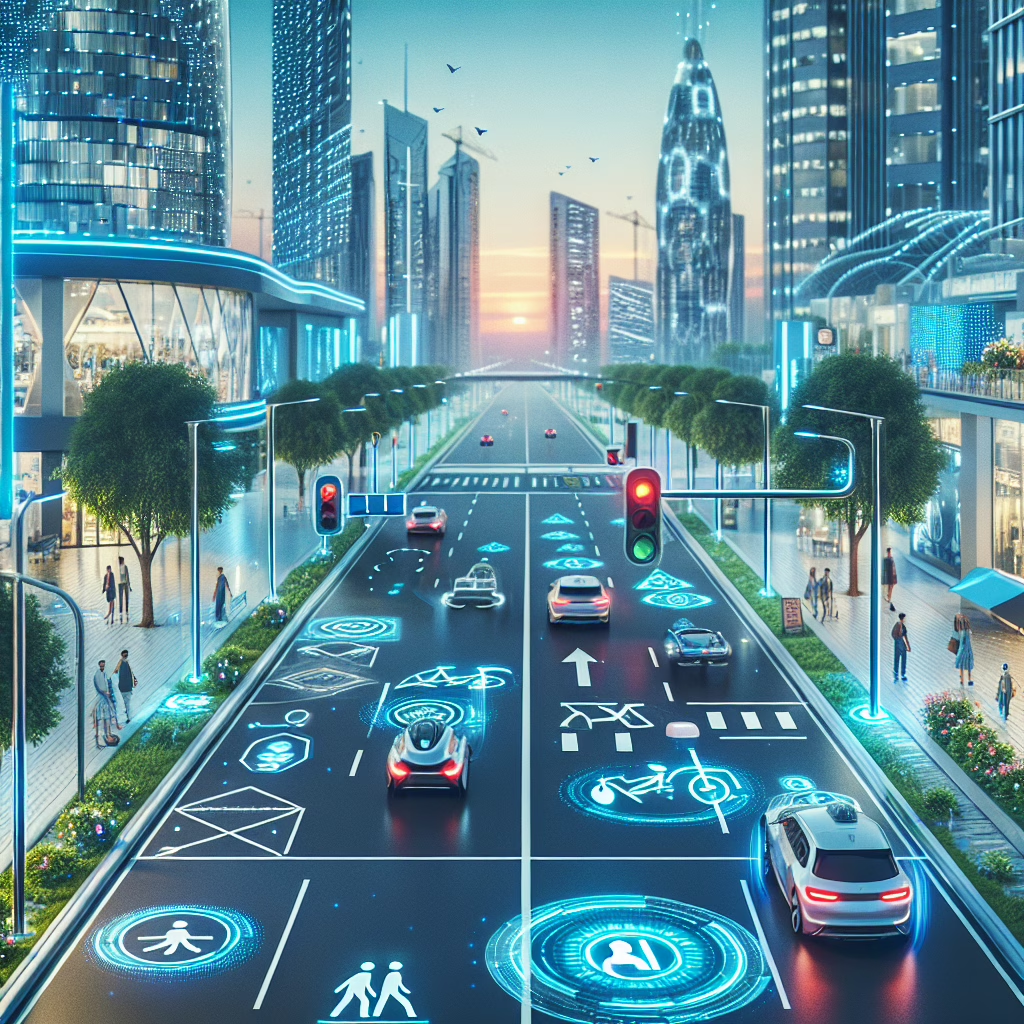Imagine a world where AI technology helps lower the amount of wrecks and fatalities on our roads. Sounds like science fiction, right? Well, buckle up because we’re cruising into the future! In Oklahoma, officials are revving up their engines to embrace artificial intelligence (AI) as a transformative force in traffic management and safety, ultimately enhancing road safety.
AI Technology: The Unsung Hero of Road Safety
As more vehicles hit the streets each day, the quest for safer roads becomes increasingly urgent. Enter AI technology: our shiny new sidekick in this adventure. By analyzing traffic patterns, predicting accidents, and assisting law enforcement, AI has the potential to dramatically reduce wrecks and fatalities.
But how does it work? Picture this: AI systems sift through mountains of data faster than a teenager can scroll through TikTok. They analyze everything from traffic flow to weather conditions and human behavior. This information helps traffic engineers make informed decisions about road designs, signal timings, and even where to place speed bumps (sorry, speed demons!).
The Data Deluge: Turning Numbers into Action
Let’s talk numbers! According to the National Highway Traffic Safety Administration (NHTSA), over 38,000 people died in car crashes in 2020 alone. That’s enough to make anyone’s heart race for all the wrong reasons. By integrating AI technology into traffic systems, Oklahoma aims to turn that statistic around.
AI can analyze real-time data from various sources such as traffic cameras and sensors embedded in roads. This allows for predictive analytics—essentially giving us a crystal ball for identifying potential accidents before they happen. Imagine an intelligent system warning drivers about potential hazards ahead or adjusting traffic signals to prevent congestion. It’s like having a personal traffic guide who never gets tired or hungry!
Real-Life Applications of AI Technology
In Oklahoma, officials are already piloting several innovative projects utilizing AI technology. One shining example is the implementation of smart traffic signals that adapt based on real-time traffic conditions. These signals not only improve traffic flow but also reduce the likelihood of accidents at intersections—where most collisions occur.
Additionally, AI-driven cameras can monitor driver behavior and identify dangerous actions such as running red lights or speeding. The data collected can then be used to enforce traffic laws more effectively—goodbye old-school “gotcha” tickets and hello proactive safety measures!
The Human Element: Balancing Tech and Touch
Of course, while we love our techy pals like AI technology, we must remember that humans play a crucial role in road safety too. After all, machines can only do so much! The success of these initiatives relies heavily on public awareness and education about safe driving practices.
AI can provide the tools, but it’s up to us to use them wisely. Combining advanced technology with community engagement creates an environment where everyone works together to lower wrecks and fatalities on Oklahoma roads, further promoting road safety.
The Road Ahead: What’s Next?
The future looks bright—like a freshly waxed car gleaming in the sun! With continued investment in AI technology and infrastructure improvements, Oklahoma has a unique opportunity to lead the charge in road safety innovation.
As we look ahead to 2025 and beyond, expect more initiatives aimed at harnessing the power of AI technology for safer streets. From autonomous vehicles to smart city planning, we’re on the verge of a transportation revolution that could save countless lives.
So next time you’re cruising down an Oklahoma highway, keep an eye out for those flashy new technologies working hard behind the scenes. They just might be your best defense against becoming another statistic!
We’d love to hear your thoughts on how AI technology could impact road safety! Feel free to share your insights in the comments below.
A special thanks to KFOR for their original article that inspired this piece!

